J. D. (Jerome David) Salinger is today famous for his bestselling book The Catcher In The Rye published in 1951 and for his reclusive hermit lifestyle.
He was determined to protect his privacy, often involving his lawyers in the quest of not allowing his personal life to be discussed publicly.
His persona and denial of contact with the outside world caught a lot of attention not only among thousands of his fans, but also Hollywood, resulting in a documentary that raises a lot of disputes.
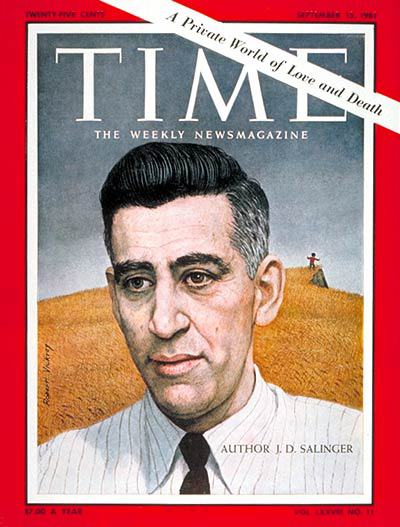
There are a couple key moments in the life of the writer that affected him deeply throughout his life. He was born in New York in 1919 believing that he was Jewish.
However, later in life, he found out that this was not so, as his mother was a Christian Catholic.
This revelation deeply affected his sense of identity and belonging. However, there are more formative moments in his biography that helped shape his wish for complete anonymity and his eccentricity.
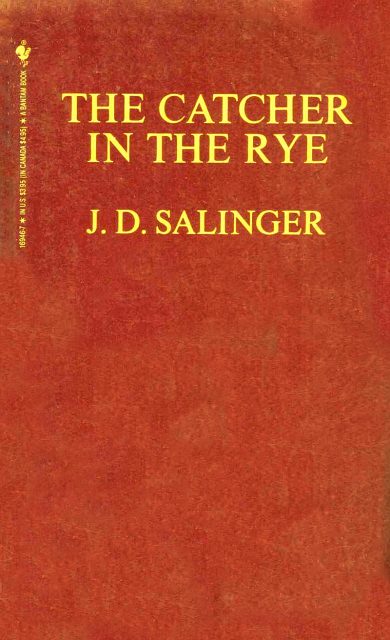
In 1941 he embarked on a romantic relationship with Oona O`Neil, which he believed was the love of his life.
However, their relationship ended when he was summoned to join the army in 1942. Oona O`Neil proceeded to marry Charlie Chaplin.
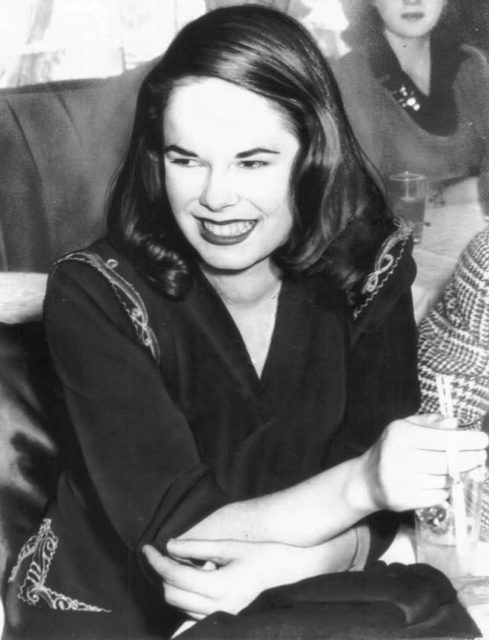
Salinger found out about their wedding reading the newspaper which was a devastating personal blow.
This, however, did not compare to his experiences while serving in World War II.
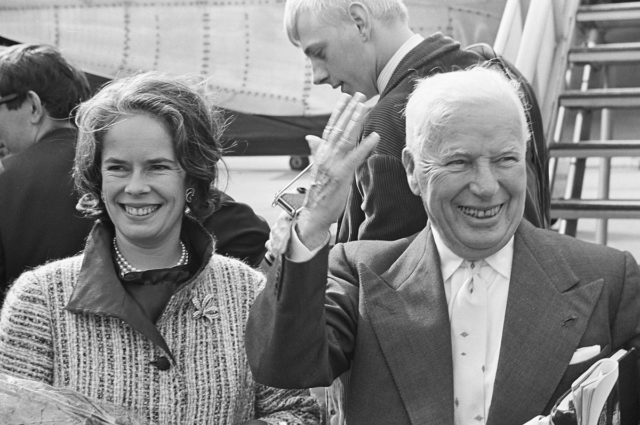
He fought at D-Day and in Europe where he eventually met Ernest Hemingway in Paris who influenced him deeply in relation to his writing.
When the war ended he was sent to Germany to interrogate the defeated Nazis.
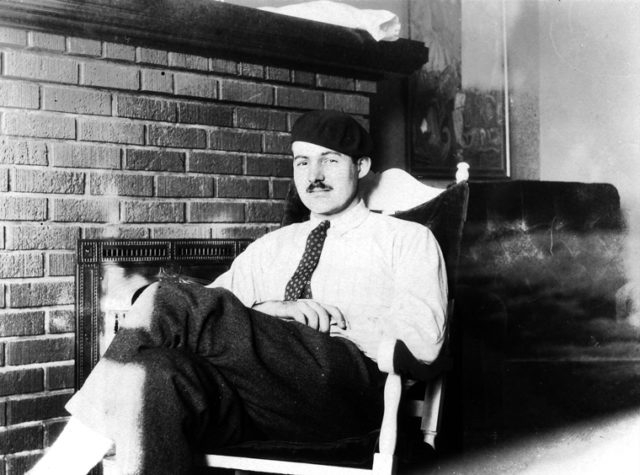
While there he met his second big love Sylvie, whom he married only to divorce after 8 months. It turned out she was a former Nazi official, another devastating blow. As Daily Mail reports Salinger claimed that she was “an evil woman that bewitched me”.
He still found the energy and will to publish his seminal book in 1951, against all odds. The book was first rejected by The New Yorker, and subsequently by Harcourt Brace.
However, once it finally got published The Catcher in the Rye became a bestseller. It had the classic antihero as its focus and grappled with questions of teenage angst, appealing to both younger and older readers.
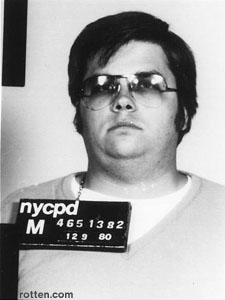
It is unfortunate, however, that this book is connected to a couple tragic murder cases, the most famous one being the murder of John Lennon.
Mark David Chapman, the man who assassinated Lennon claimed to have been inspired by the book and its main character Holden Caulfield.
With the fame that the book brought came also the wish to seclude himself and guard his privacy that was often breached in the period following its publication.
Only two years after publication of the book he moved to Cornish, New Hampshire and spent the rest of his life in isolation.
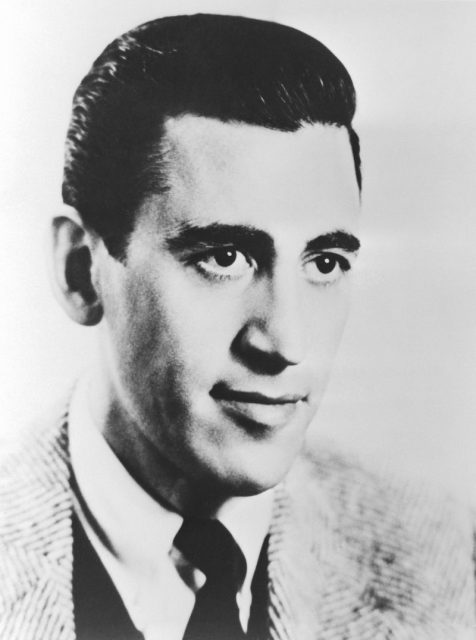
His daughter Margaret wrote a book about her father and growing up in seclusion with her brother Mathew and mother Claire, who eventually left him for good.
The book is called Dream Catcher and was published in 2000. Margaret shares some intimate details of their life without contact from the outside world and the peculiar character of her father.
As she recalls he was obsessed with health and would drink his own urine as he believed in the benefits of it.
Additionally, he took the health of his children into his own hands and treated them with homeopathy and acupuncture using wooden pegs instead of needles.

He practiced Zen Buddhism and studied other religions such as Hinduism and Scientology and worked nonstop on his writing.
Throughout his life, he had a couple affairs with women significantly younger than himself, all ending in breakups. According to the Daily Mail it was “not so much a Lolita syndrome as an urge to discover innocence and then mold it into the shape he wished.”
Shane Salerno, known for blockbusters such as Alien vs Predator: Requiem and Armageddon, spent around 10 years researching the fascinating figure of Salinger to film a documentary simply called Salinger.
There is much discussion about this movie and critique comes from different places, mostly referring to Salinger`s lifelong mission to keep himself in the shadows unexposed.
Read another story from us: Charles Dickens’ Pet Raven Inspired Edgar Allen Poe’s Most Famous Work
As reported by The Guardian as an answer to a claim that Salerno interviewed around 200 people who knew the writer personally his son Mathew said: “There were barely enough people to form a circle in the last 30 or 40 years”. Apparently, none of them participated in the making of this movie.
